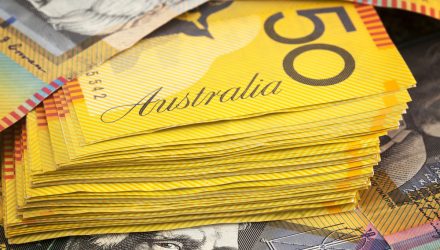It doesn’t matter if you’re a developed or emerging market, Covid-19 threw a curveball at all global economies in 2020 and now it’s a matter of who can rebound the best. One country that has seen its local currency rise is Australia with the Aussie dollar rising as much as 30% since the March sell-offs.
Per a recent CNBC report, the “Australian dollar has spiked some 28% since a year-to-date low in March. As the country fell into recession in the second quarter, however, analysts were mixed on where the currency is headed.”
“In March, the Aussie dollar fell to a year-to-date closing low of $0.5738 against the greenback as the coronavirus crisis intensified, and lockdown measures were triggered nationwide,” the report added further. “Defying the country’s weak economic outlook, the currency continued strengthening in the past few months. It briefly broke through the 0.74 mark this week, and reached a two-year peak, according to Reuters estimates. It has since fallen back to the 0.73 level.”
The article noted that the Aussie is a prime signal of strength or weakness in the global market’s risk appetite. If more strength could be had in the Aussie dollar, it could be the proverbial tide that lifts all boats.
“If you consider some of the fundamentals in Australia, you can justify valuation of the Australian dollar at current levels,” Nelson said. He also said the country is “very well positioned right now” as it provides much raw material for China’s industrial sector, which has bounced back and is “one of the biggest engines of the current global economic recovery.”
For currency exposure to the Aussie, investors can look at the Invesco CurrencyShares Australian Dollar Trust (FXA). FXA eeks to reflect the price in USD of the Australian Dollar.
The Shares are intended to provide institutional and retail investors with a simple, cost-effective means of gaining investment benefits similar to those of holding Australian Dollars. The costs of purchasing Shares should not exceed the costs associated with purchasing any other publicly-traded equity securities.
ETF investors looking for exposure to the land down under can look at the iShares MSCI Australia ETF (EWA). The fund seeks to track the investment results of the MSCI Australia Index composed of Australian equities.
The fund generally invests at least 90% of its assets in the securities of its underlying index and in depositary receipts representing securities in its underlying index. The underlying index primarily consists of stocks traded on the Australian Stock Exchange. It will include large- and mid-capitalization companies and may change over time.
For more market trends, visit ETF Trends.

